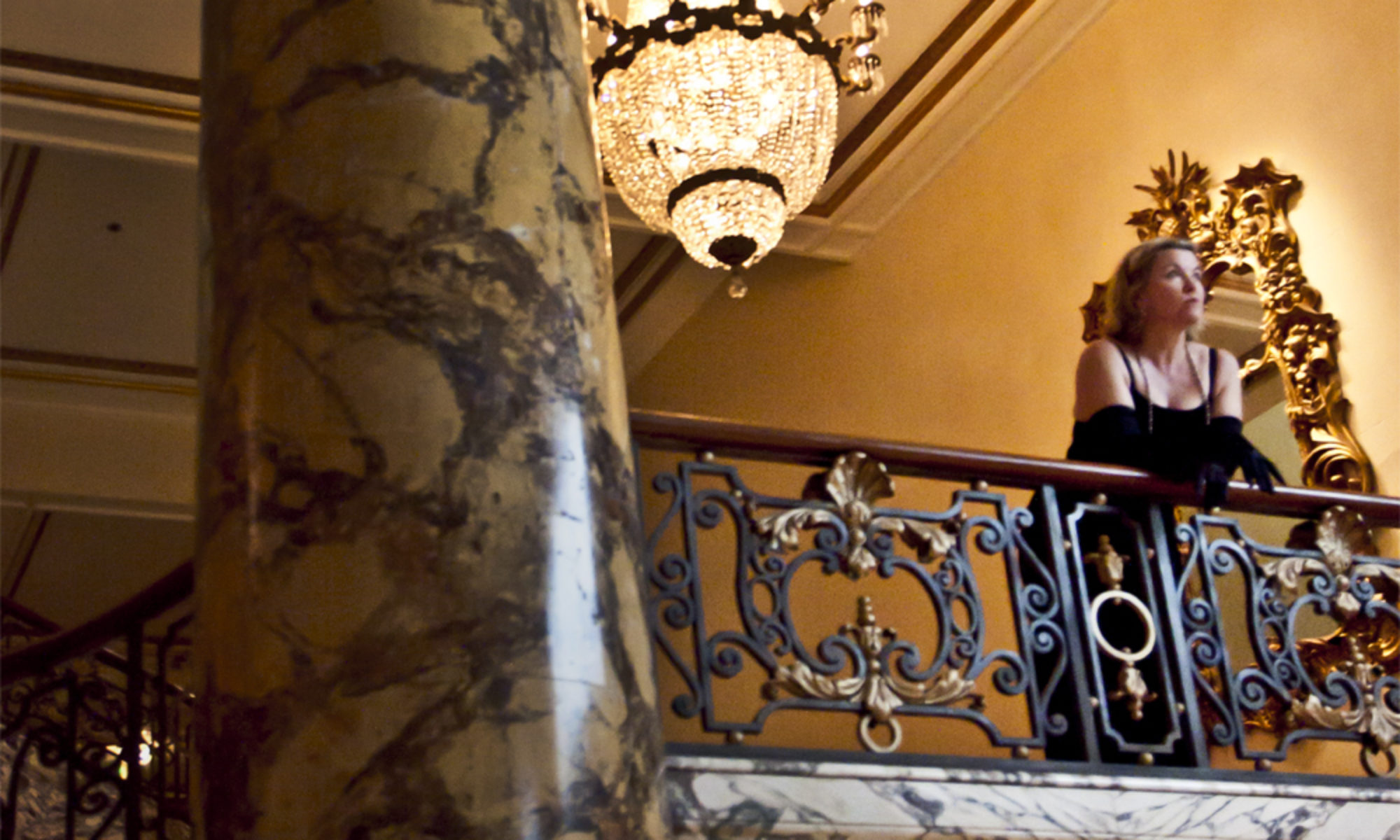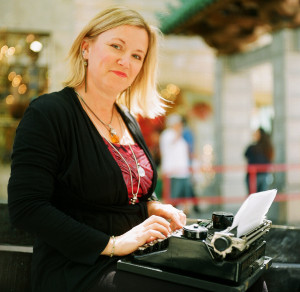
1) What am I working on?
Currently I am hard at work transcribing diaries from 1930. I’ve been editing and publishing Doris Bailey Murphy’s diaries for about two and a half years now; I’ve published two books about the 1920s and am heading into the Great Depression, 1930-33, now. I transcribe her fountain-penned pages and laugh at her thoughts, and then I stop and go look for background information to tell me what she means. Sometimes I learn a lot about one thing – like grapefruit farming in the Arizona desert in 1930. Or the real estate business as the economy was crashing in 1928. Or Portland architecture.
I’ve also got two novels under construction. One is in the resting phase before major revisions begin; it’s a literary contemporary novel. The other is a work-in-progress as we speak, about 32,000 words of a genre romantic suspense about a girl reporter and her sidekick on the trail of some buried Native American bones. I’m aiming to finish that and get it up on Kindle later this year.
2) How does my work differ from others of its genre?
My work is a little niche-y – or cross-niche-y. I’m a journalist by training, so I write fast and generally pretty cleanly. I don’t struggle over sentences or word choice; I keep writing til the thing is done. This comes from years of hard deadlines, editing my own and others’ work, and no time for revisions. One learns to write well in the first draft, or one doesn’t keep one’s job long.
I was early on the scene in the blog world; I had been writing a column in the newspaper since 1996, and it was an easy step to take it to the Internet. I’ve been blogging for 11 years now, and have kept my main blog (Modern Muse) alive all that time. That has given me a facility with the conversational style that newspaper writing or literary writing haven’t. I’m also a literary scholar; I’ve written for publication about Jane Austen, Virginia Woolf, Vita Sackville-West, and the Harry Potter phenomenon. My training in literary research has helped me immeasurably in the Doris Diaries project.
When you put all this in a cocktail shaker and agitate it, you get my conversational novel style with rich literary allusions. My editorial reportage tends to be more readable, and so does my literary work, I’ve been told. So there ya go.
3) Why do I write what I do?
Short and sweet? I have stories to tell. And I am pathologically afraid of being una dona priva di narrativa. I hate being censored.
4) How does my writing process work?
I write early and late in the day, with down-time in the middle of the afternoon. I let the pot boil, as it were, for some time, and then sit down and just pour out the story. I wrote my collection of short stories in just a few weeks, but I’d been stewing on them for about six years. If I get stuck, I start typing notes. I work on the story, leave a gap with a note like “add conversation here” and keep going. Don’t let those things slow you down, writers. Just keep telling your story. Come back and fill in later.
I’m a good editor, but I need editing, because I often can’t see my own errors. So I will do the first or second pass, then hand off my work to other trained eyes. I do a lot of editing for others, and it’s a pretty fair exchange. I’m used to being told what to fix. My ego is not involved. And if I think the editor is wrong, I won’t change it.
You are the god of your story. Do what you want.






